Home>Gardening & Outdoor>Landscaping Ideas>What Is Peat Moss Used For On Lawns
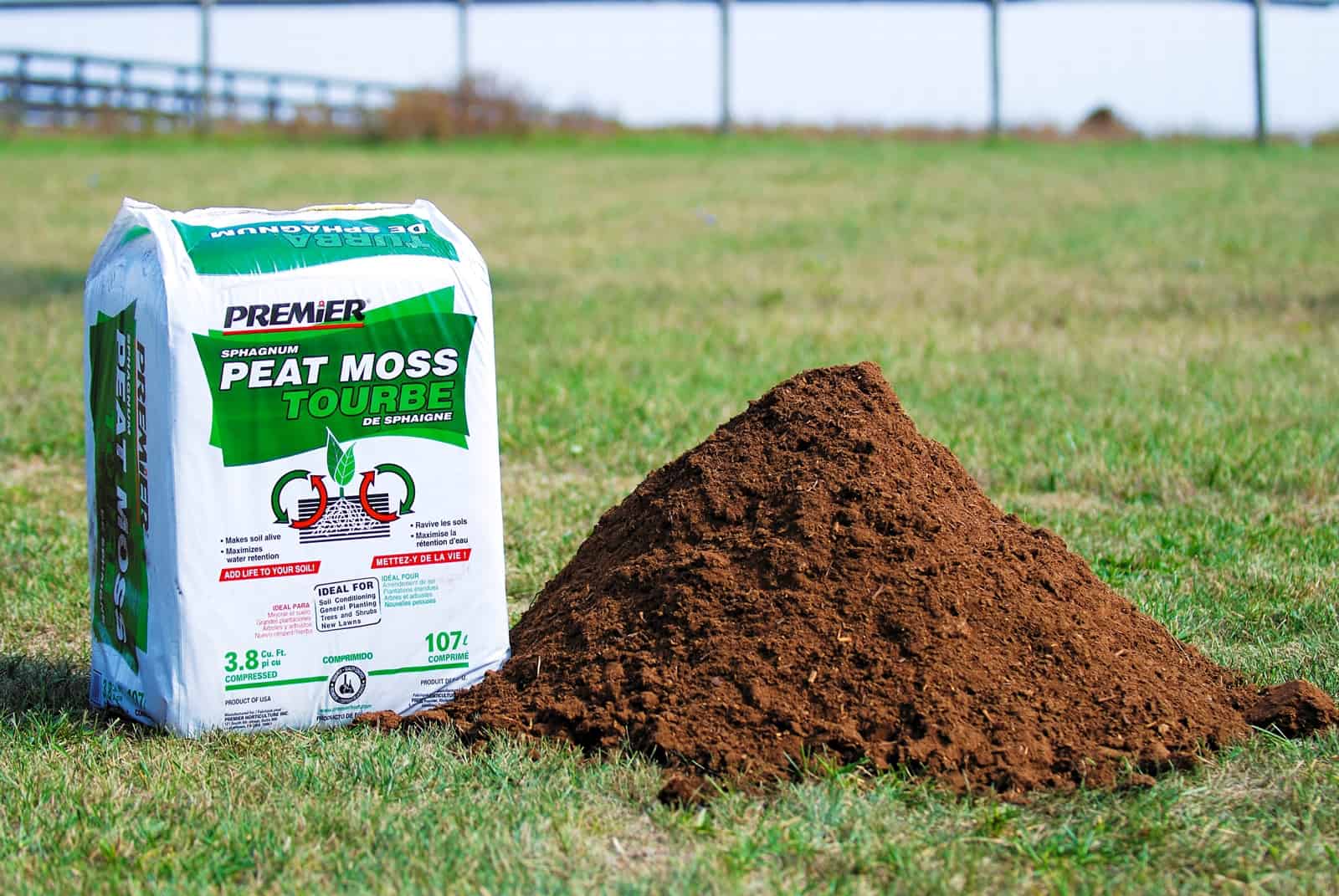

Landscaping Ideas
What Is Peat Moss Used For On Lawns
Modified: May 6, 2024
Discover the benefits of using peat moss for your lawn in landscaping ideas. Learn how peat moss can improve soil structure and promote healthy grass growth.
(Many of the links in this article redirect to a specific reviewed product. Your purchase of these products through affiliate links helps to generate commission for Storables.com, at no extra cost. Learn more)
Introduction
Introduction
When it comes to maintaining a lush, vibrant lawn, homeowners and gardeners are often on the lookout for natural and effective solutions. One such solution that has gained popularity in lawn care is peat moss. This versatile organic material offers a multitude of benefits for lawns, making it a valuable tool for enhancing soil quality and promoting healthy grass growth.
Peat moss, also known as sphagnum peat, is derived from decomposed sphagnum moss and other organic materials found in peat bogs. Its unique composition and properties make it an excellent amendment for improving soil structure, moisture retention, and nutrient levels. In the following sections, we will delve into the various ways in which peat moss can be used to benefit lawns, as well as the potential drawbacks to consider. Additionally, we will explore the best practices for applying peat moss to achieve optimal results, providing a comprehensive guide for homeowners and gardeners looking to elevate the health and beauty of their lawns.
As we embark on this exploration of peat moss and its role in lawn care, it is essential to understand the significance of soil health in fostering thriving grass and vibrant landscapes. By harnessing the natural properties of peat moss, individuals can work in harmony with the environment to nurture their lawns, ultimately reaping the rewards of a verdant and resilient outdoor space. Join us as we uncover the transformative potential of peat moss in lawn care, unlocking the secrets to cultivating a greener, more vibrant lawn through the power of organic, sustainable solutions.
Benefits of Peat Moss on Lawns
Key Takeaways:
- Peat moss benefits lawns by improving soil structure, retaining moisture, and supporting seed germination. It’s an eco-friendly solution for lush, resilient grass and vibrant landscapes.
- While peat moss enhances soil quality, it can also acidify the soil, decompose slowly, and pose sustainability concerns. Thoughtful application and consideration of drawbacks are key for effective lawn care.
Read more: What Is Peat Moss Good For Grass
Benefits of Peat Moss on Lawns
Peat moss offers a myriad of benefits for lawns, serving as a valuable ally in the quest for healthy, thriving grass. By incorporating peat moss into lawn care practices, homeowners and gardeners can unlock a range of advantages that contribute to the overall well-being of their outdoor spaces. Let’s explore some of the key benefits of using peat moss on lawns:
- Improved Soil Structure: Peat moss possesses exceptional water retention properties, which helps to enhance soil structure by preventing compaction and promoting aeration. This, in turn, creates an optimal environment for root development and nutrient absorption, allowing grass to flourish.
- Enhanced Moisture Retention: The ability of peat moss to retain moisture is instrumental in maintaining adequate hydration levels in the soil. This is particularly beneficial during dry periods, as it helps to sustain grass and plant life by reducing the risk of drought stress.
- Supplemental Nutrient Source: Peat moss contains organic matter that gradually decomposes, releasing valuable nutrients into the soil. This natural fertilization process contributes to the overall health and vitality of the lawn, supporting robust growth and lush greenery.
- Acidification of Soil: For lawns that thrive in acidic conditions, such as those featuring acid-loving plants like azaleas and rhododendrons, peat moss can be used to lower the pH level of the soil, creating a more favorable environment for these species.
- Seed Germination Support: When used as a topdressing or seedbed amendment, peat moss provides an optimal medium for seed germination, fostering the successful establishment of new grass and promoting uniform growth.
- Environmental Sustainability: By utilizing peat moss, homeowners and gardeners can embrace an eco-friendly approach to lawn care, as peat moss is a renewable resource that can be harvested in a sustainable manner, minimizing environmental impact.
These benefits underscore the valuable role that peat moss plays in nurturing healthy, resilient lawns. By harnessing the natural properties of peat moss, individuals can elevate the quality of their soil and create an environment conducive to thriving grass and lush landscapes.
How to Use Peat Moss on Lawns
How to Use Peat Moss on Lawns
Integrating peat moss into lawn care practices involves strategic application methods to maximize its benefits and promote optimal soil health. Whether aiming to improve soil structure, enhance moisture retention, or support seed germination, the following guidelines outline how to effectively use peat moss on lawns:
- Topdressing and Soil Amendment: Applying a thin layer of peat moss across the lawn’s surface serves as a topdressing, helping to improve soil structure, retain moisture, and gradually release nutrients into the soil. For existing lawns, gently rake the peat moss into the topsoil to ensure even distribution.
- Seedbed Preparation: When overseeding or establishing new grass, incorporating peat moss into the seedbed can provide an ideal environment for seed germination. Mix peat moss with the soil to create a loose, well-aerated medium that supports successful seed establishment.
- Soil Acidification: To lower the pH level of the soil for acid-loving plants, blend peat moss into the existing soil to create a more acidic environment. This can be particularly beneficial for areas where acidification is necessary to support specific plant species.
- Moisture Retention Enhancement: For lawns requiring improved moisture retention, mix peat moss with the soil to increase its water-holding capacity, helping to sustain adequate hydration levels and minimize the impact of dry spells.
- Compost Enrichment: Incorporating peat moss into compost piles can accelerate the decomposition process and improve the overall quality of the compost, creating a nutrient-rich amendment for the lawn.
When using peat moss on lawns, it is essential to ensure thorough incorporation into the soil to maximize its efficacy. Additionally, regular monitoring of soil moisture levels and grass health can help gauge the impact of peat moss application and guide further lawn care efforts.
By employing these techniques, homeowners and gardeners can harness the power of peat moss to elevate the health and vitality of their lawns, fostering lush, resilient grass and vibrant outdoor landscapes.
Potential Drawbacks of Peat Moss on Lawns
Peat moss is used on lawns to improve soil structure, retain moisture, and provide nutrients for healthy grass growth. It can also help with seed germination and reduce compaction. Apply a thin layer and water thoroughly for best results.
Potential Drawbacks of Peat Moss on Lawns
While peat moss offers numerous benefits for lawns, it’s important to consider potential drawbacks associated with its use. Understanding these limitations can help homeowners and gardeners make informed decisions and implement best practices when incorporating peat moss into their lawn care routines. Here are some potential drawbacks to be mindful of:
- Acidification Concerns: Peat moss has the capacity to acidify the soil over time, which may not be suitable for all types of grass and plants. It’s crucial to assess the existing pH levels of the soil and consider the specific requirements of the lawn’s vegetation before applying peat moss to avoid creating an overly acidic environment.
- Slow Decomposition: While peat moss gradually decomposes and releases nutrients into the soil, its decomposition process is relatively slow. As a result, the immediate impact on soil fertility may not be as pronounced compared to other organic amendments, necessitating long-term planning and consistent application for sustained benefits.
- Moisture Retention Challenges: In certain conditions, excessive application of peat moss can lead to water retention issues, potentially hindering drainage and causing waterlogged soil. Careful monitoring and moderation in application are essential to prevent adverse effects on soil moisture levels.
- Sustainability Considerations: Peat moss is a non-renewable resource that forms over extensive time periods in peat bogs. Harvesting peat moss in large quantities can contribute to environmental concerns, including habitat disruption and carbon release. When using peat moss, opting for sustainably sourced products and considering alternative organic amendments can mitigate these sustainability challenges.
- Cost and Availability: Depending on location and demand, peat moss may be relatively costly and less readily available compared to other soil amendments. Exploring local alternatives and considering the long-term investment in soil health can help weigh the cost-effectiveness of using peat moss.
By acknowledging these potential drawbacks and taking proactive measures to address them, homeowners and gardeners can optimize the benefits of peat moss while mitigating any associated challenges. Thoughtful consideration of soil conditions, vegetation requirements, and environmental impact can guide the responsible and effective use of peat moss in lawn care practices.
Conclusion
Conclusion
As we conclude our exploration of peat moss and its role in lawn care, it becomes evident that this organic material holds significant potential for enhancing the health and vitality of lawns. From improving soil structure and moisture retention to supporting seed germination and fostering nutrient-rich environments, peat moss offers a range of benefits that can elevate the overall quality of grass and landscapes.
While it is essential to recognize the potential drawbacks associated with peat moss, such as its impact on soil pH, slow decomposition, and sustainability considerations, these challenges can be effectively managed through informed application practices and thoughtful consideration of environmental impact.
By understanding how to use peat moss on lawns and leveraging its natural properties to create optimal soil conditions, homeowners and gardeners can cultivate lush, resilient grass and vibrant outdoor spaces. Strategic application methods, such as topdressing, seedbed preparation, and soil acidification, empower individuals to harness the benefits of peat moss while promoting sustainable and eco-friendly lawn care practices.
Ultimately, the integration of peat moss into lawn care routines represents a harmonious collaboration with nature, as this organic amendment nurtures soil health and contributes to the flourishing of grass and plant life. By embracing the transformative potential of peat moss, individuals can embark on a journey towards cultivating greener, more vibrant lawns that serve as inviting havens for relaxation, recreation, and natural beauty.
As we look to the future of lawn care, peat moss stands as a testament to the enduring value of organic, sustainable solutions in fostering thriving outdoor environments. By embracing the wisdom of nature and harnessing the power of peat moss, homeowners and gardeners can embark on a journey towards cultivating greener, more vibrant lawns that serve as inviting havens for relaxation, recreation, and natural beauty.
Curious about how your gardening practices impact the environment? Our next article on sustainable landscaping offers fresh insights into creating eco-friendly outdoor spaces. You'll learn how to balance beauty with environmental responsibility, ensuring your garden contributes positively to the local ecosystem. Don't miss out on practical tips that can transform your green patch into a haven for sustainability.
Frequently Asked Questions about What Is Peat Moss Used For On Lawns
Was this page helpful?
At Storables.com, we guarantee accurate and reliable information. Our content, validated by Expert Board Contributors, is crafted following stringent Editorial Policies. We're committed to providing you with well-researched, expert-backed insights for all your informational needs.
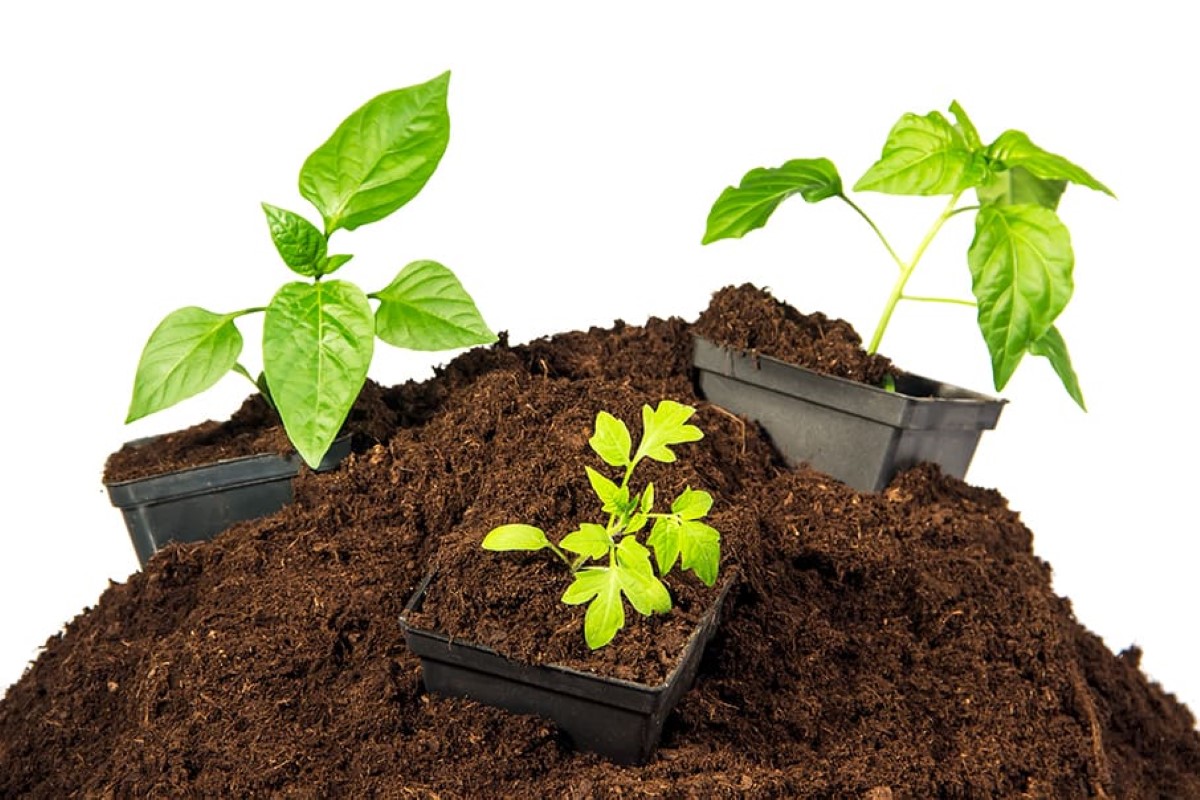
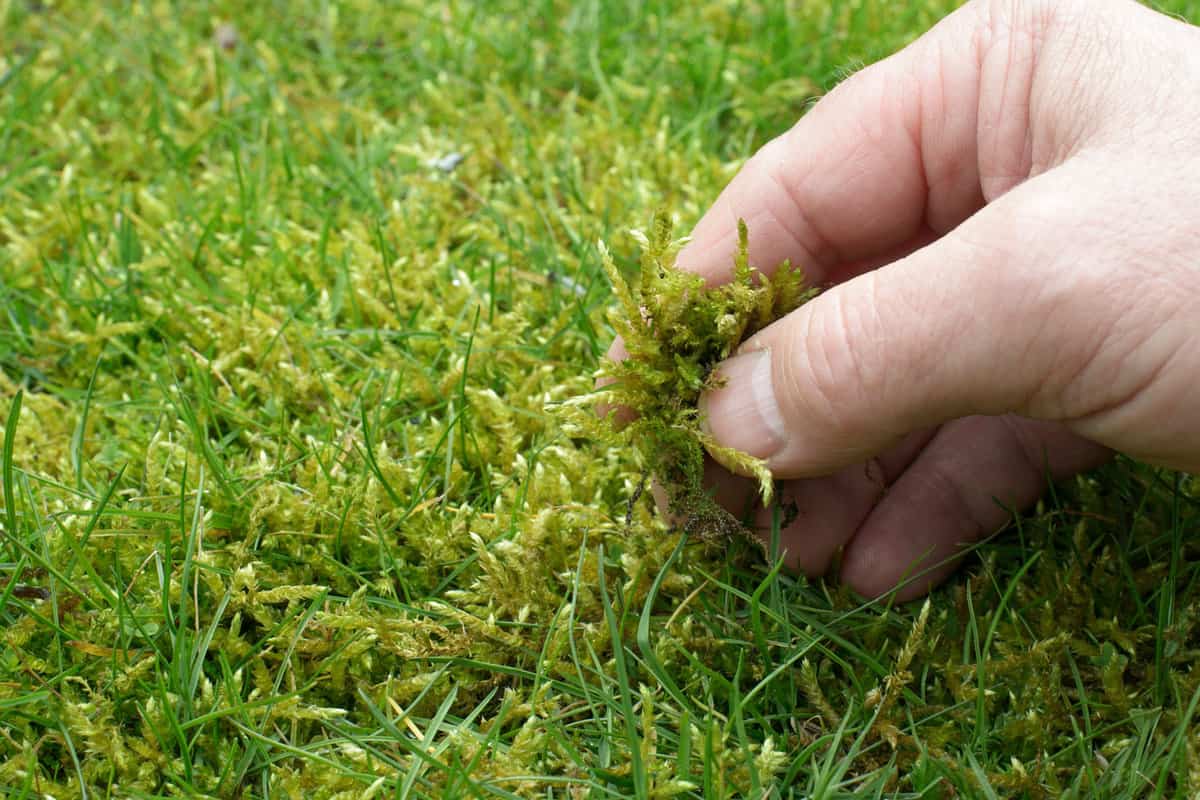
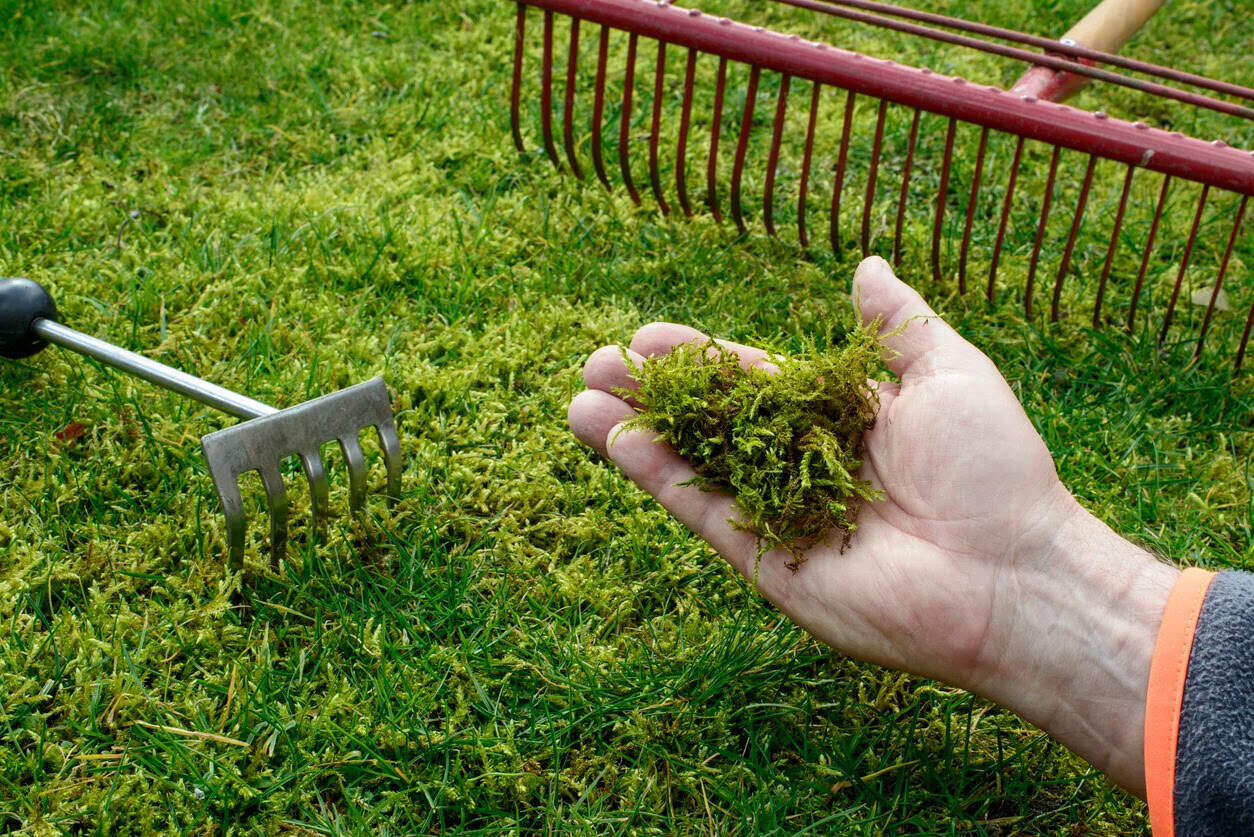
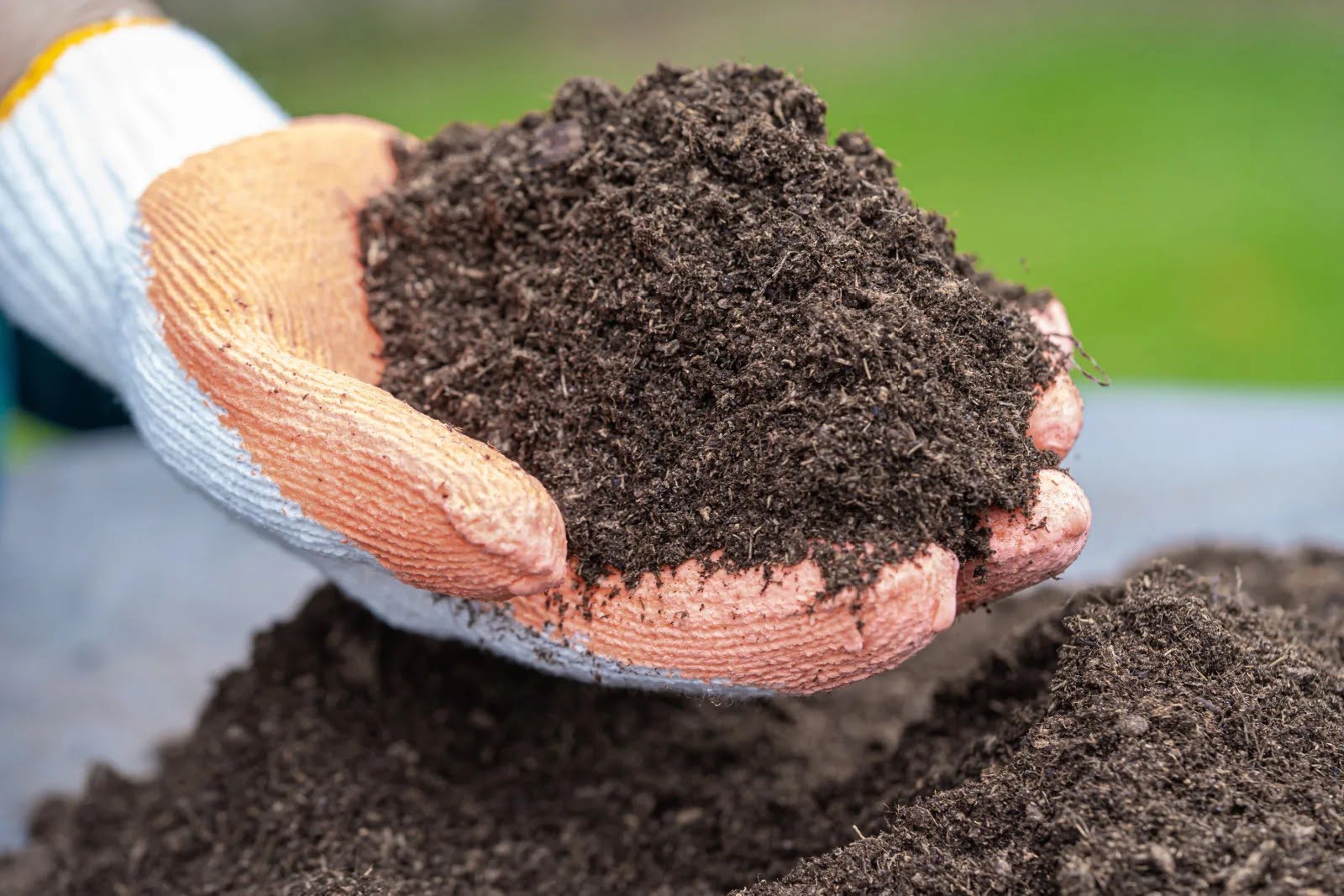
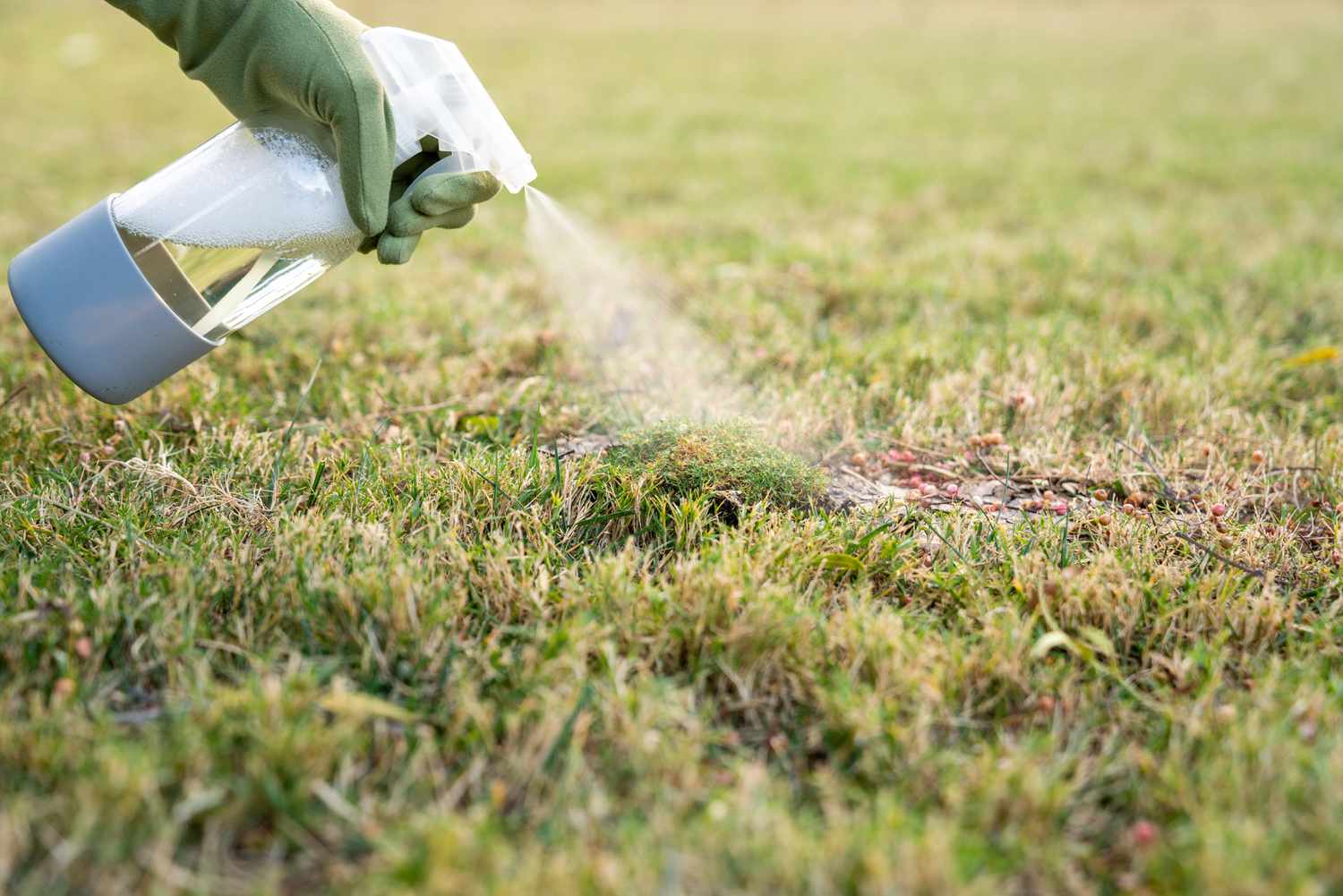
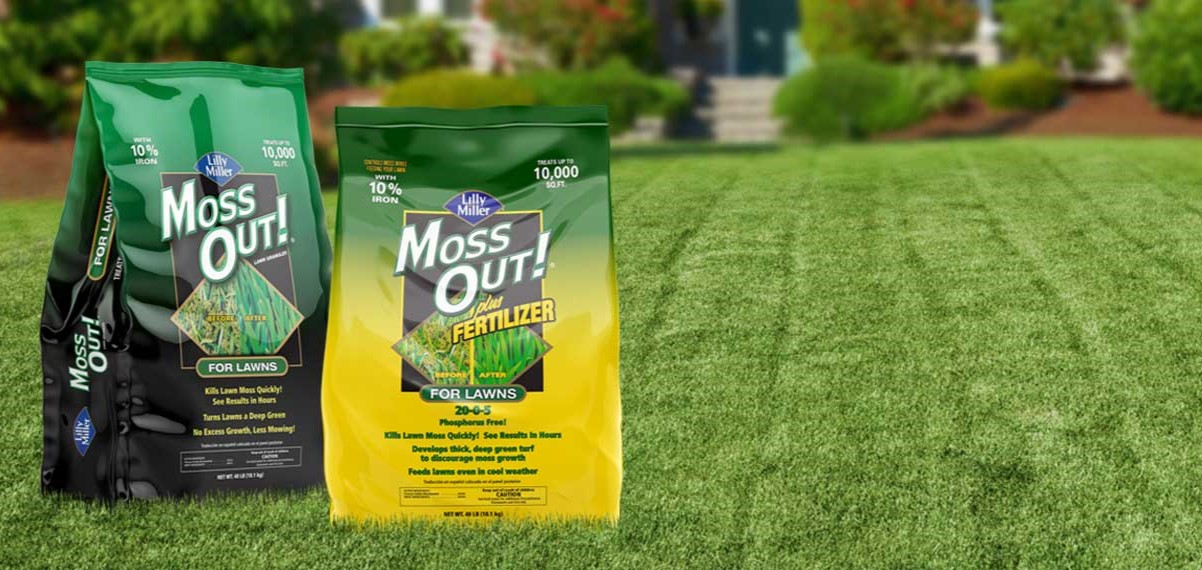
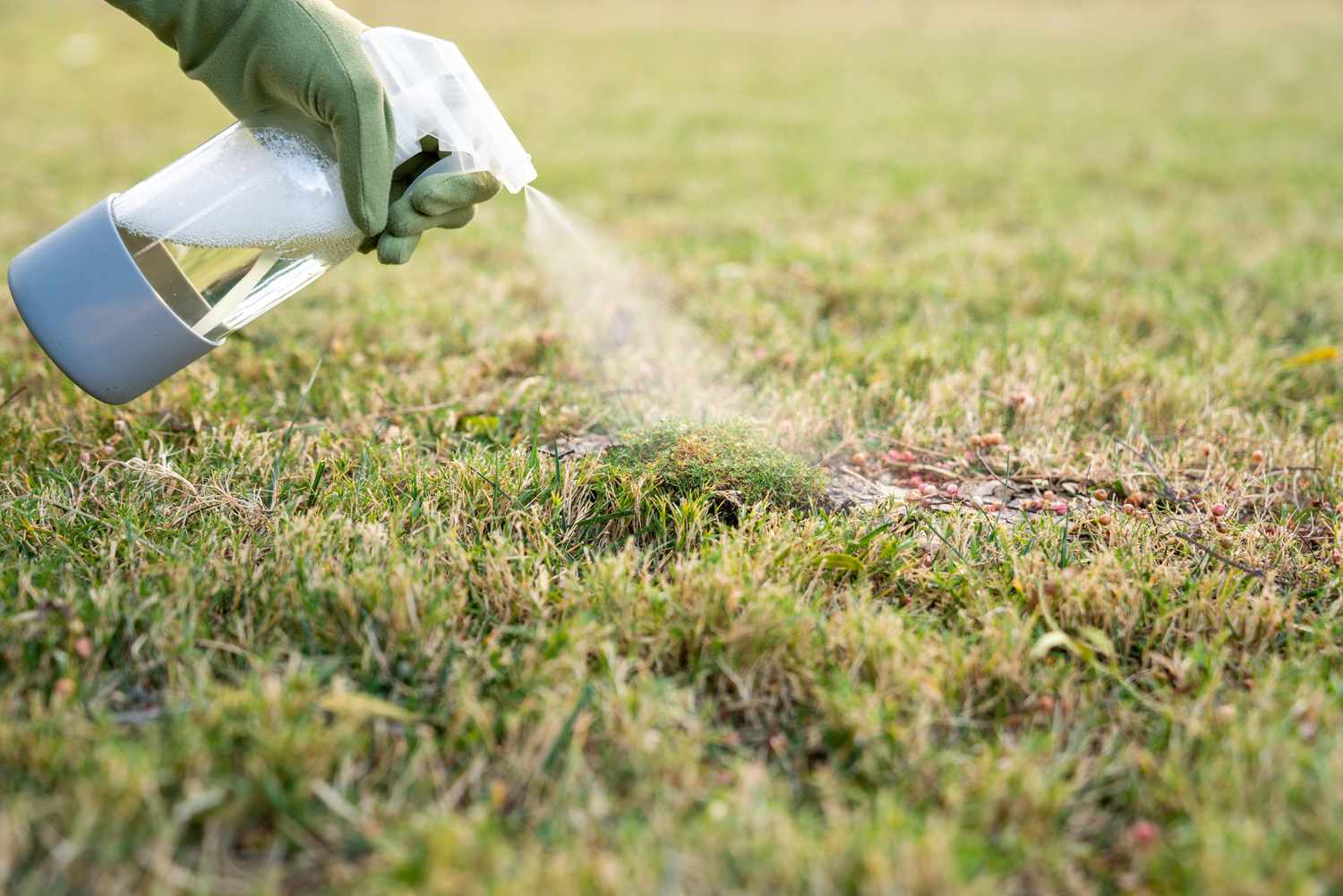

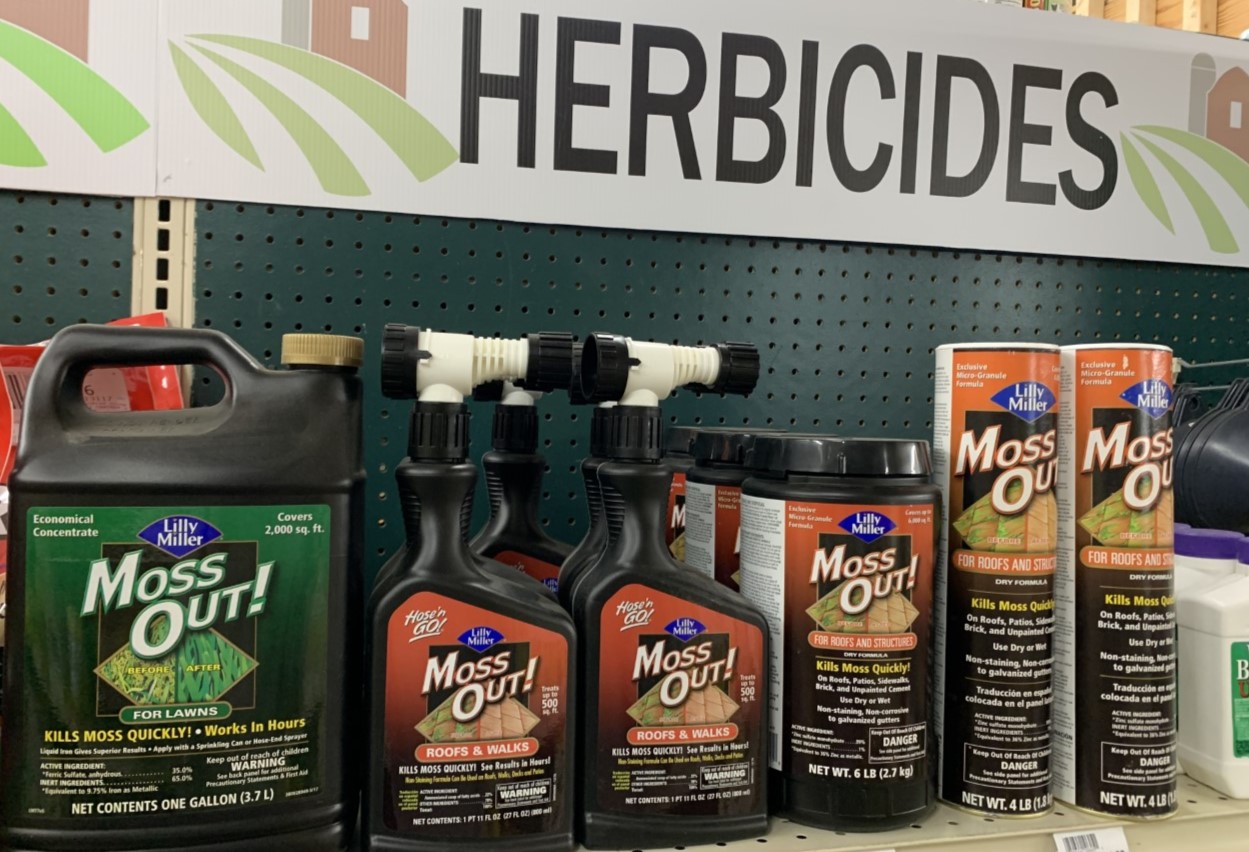
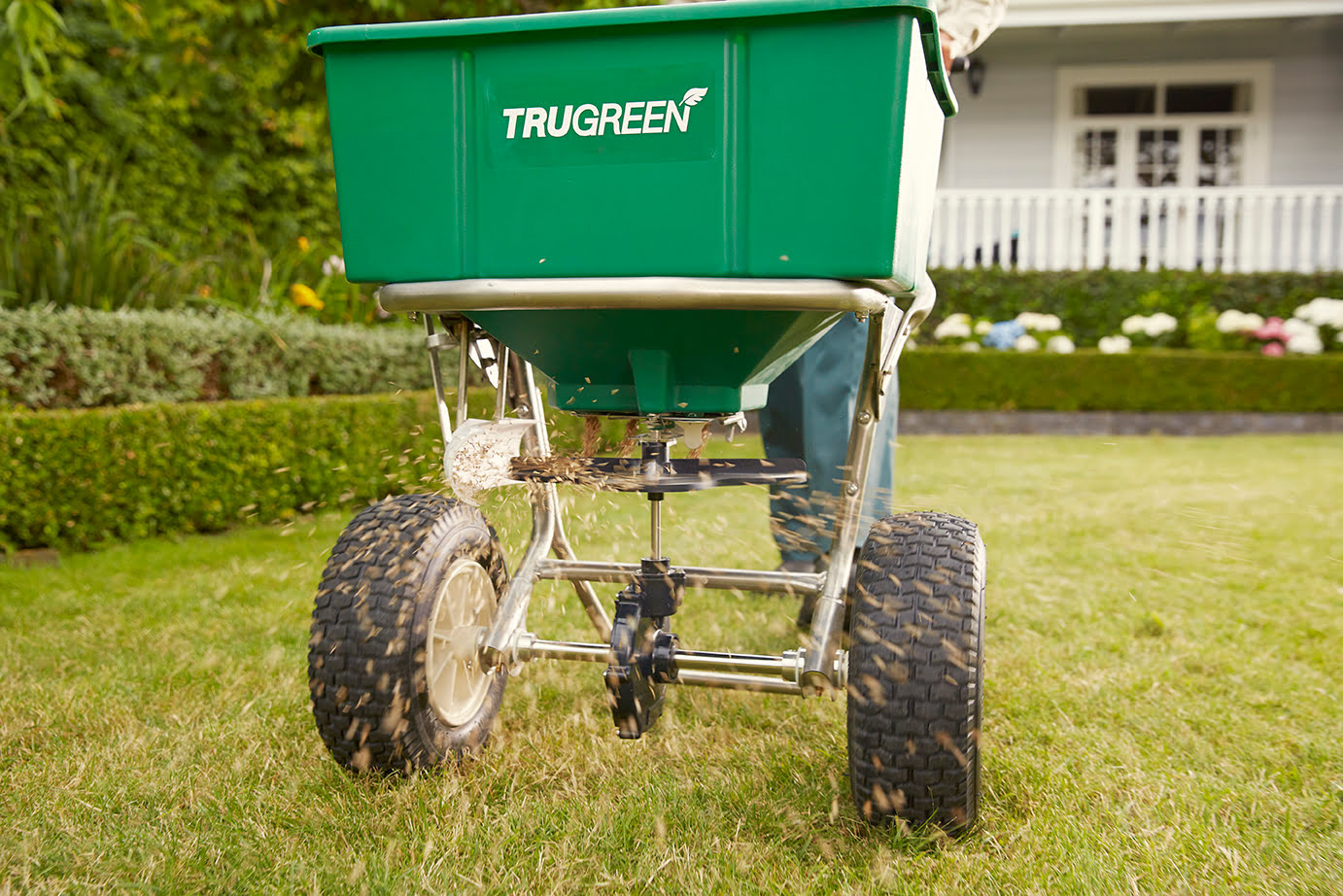
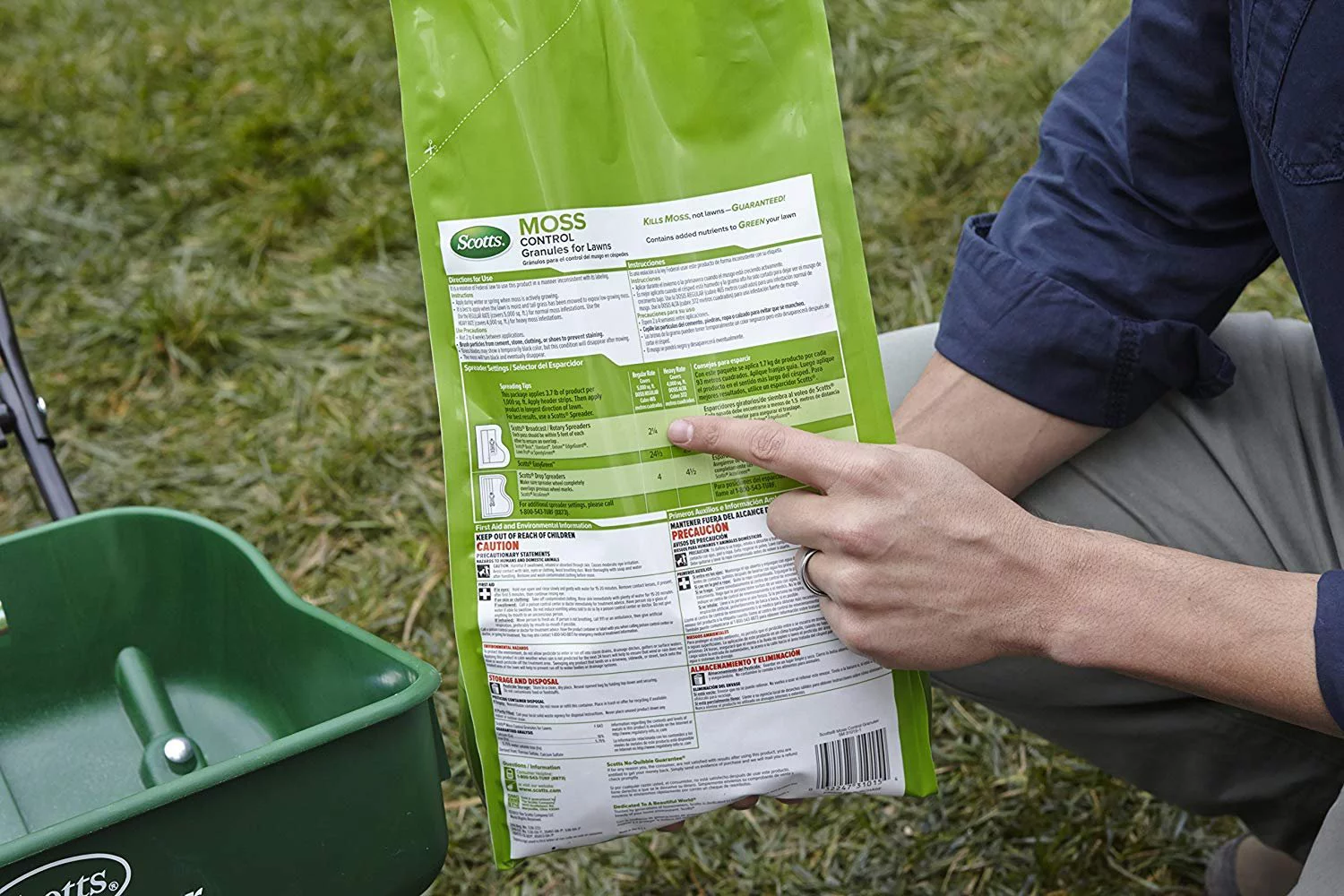
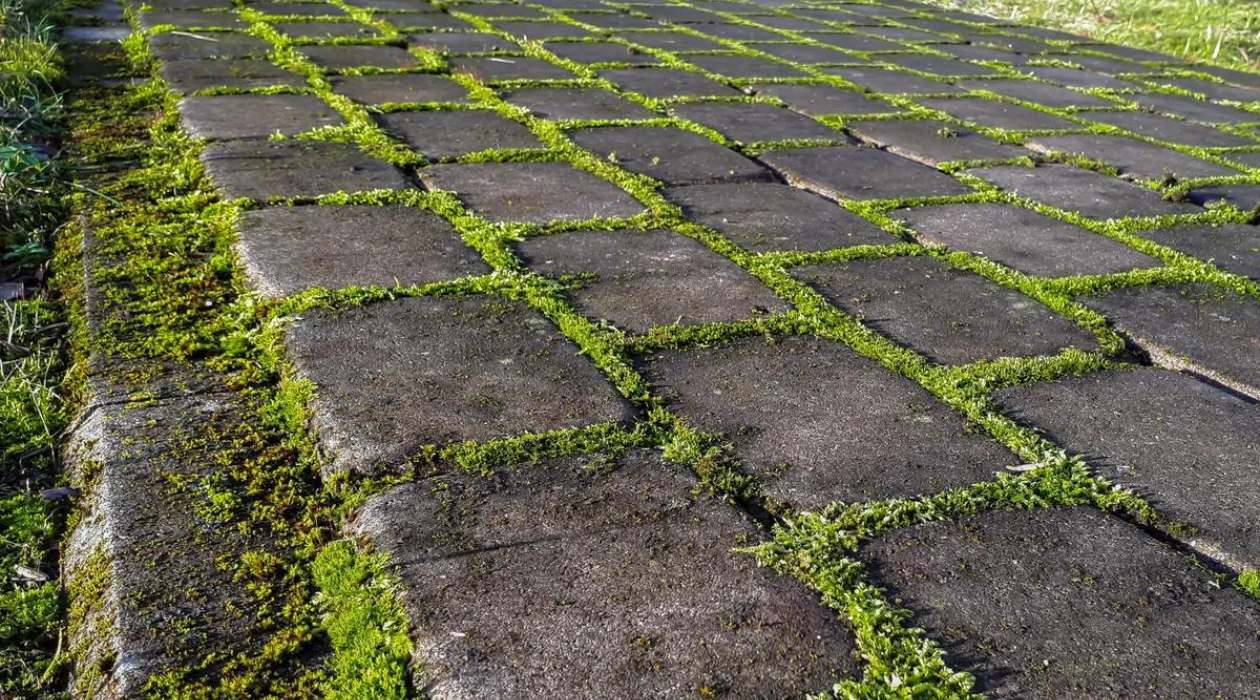
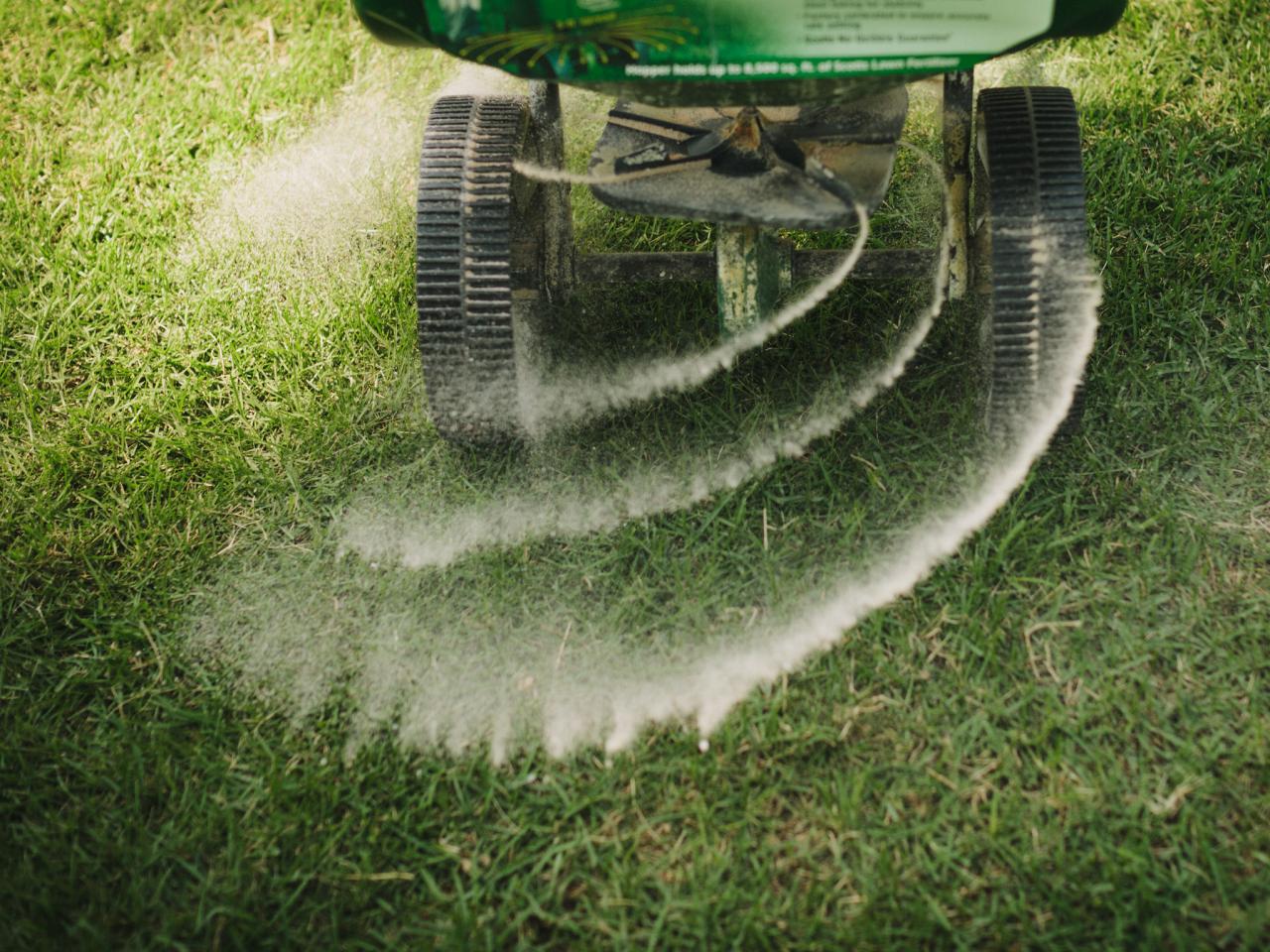
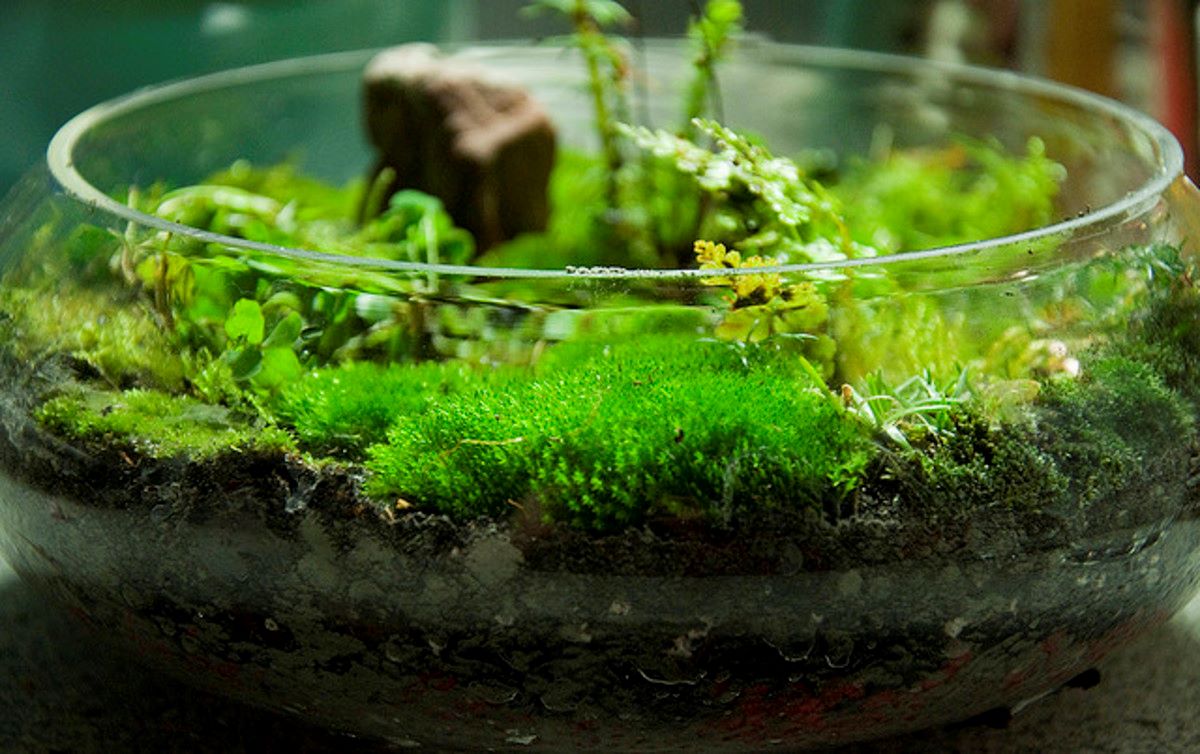
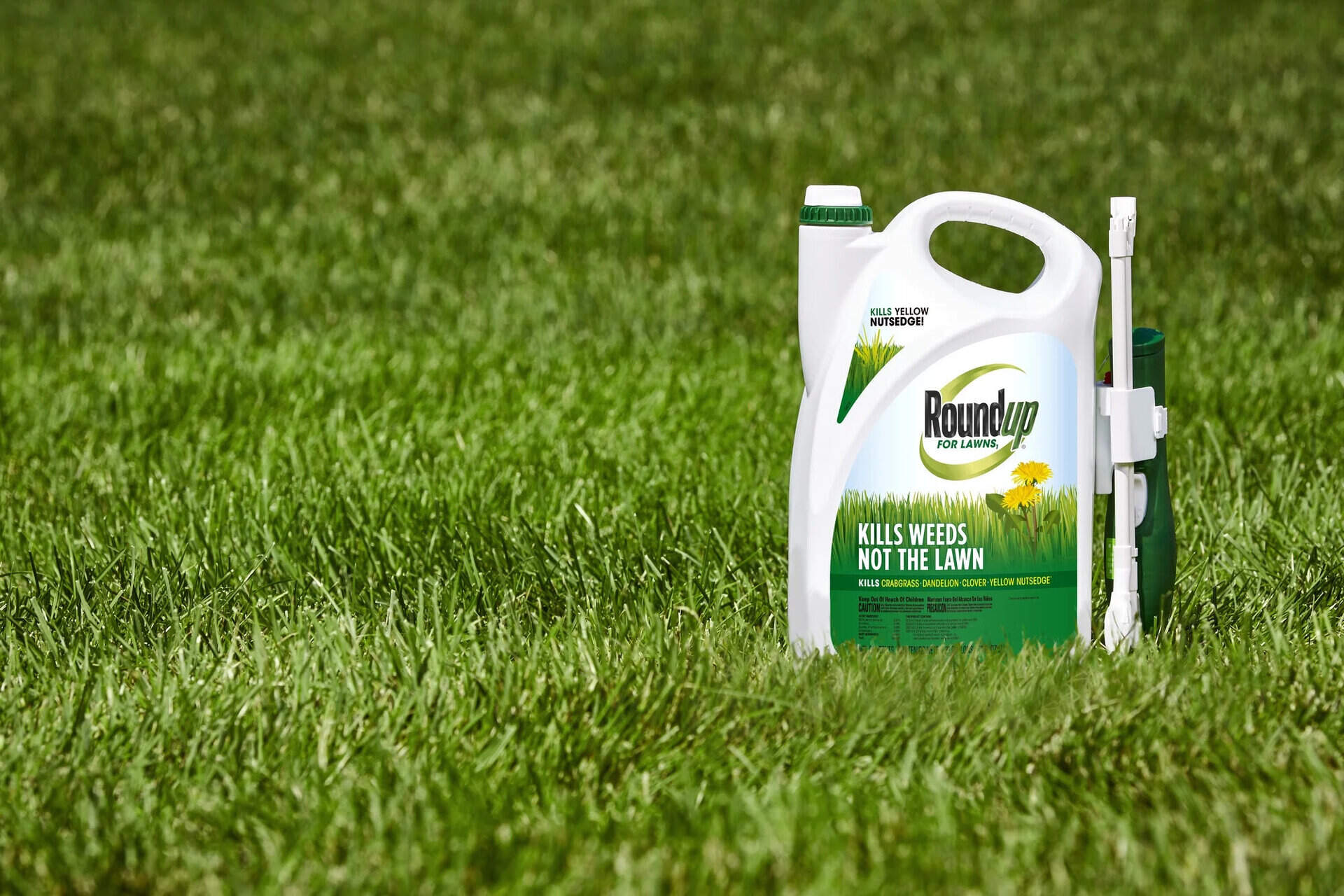

0 thoughts on “What Is Peat Moss Used For On Lawns”